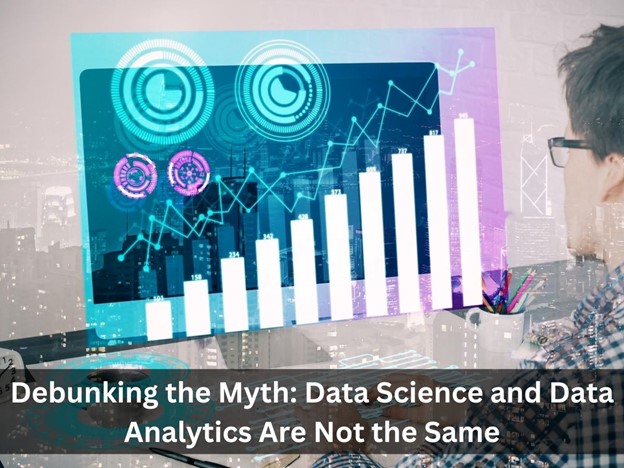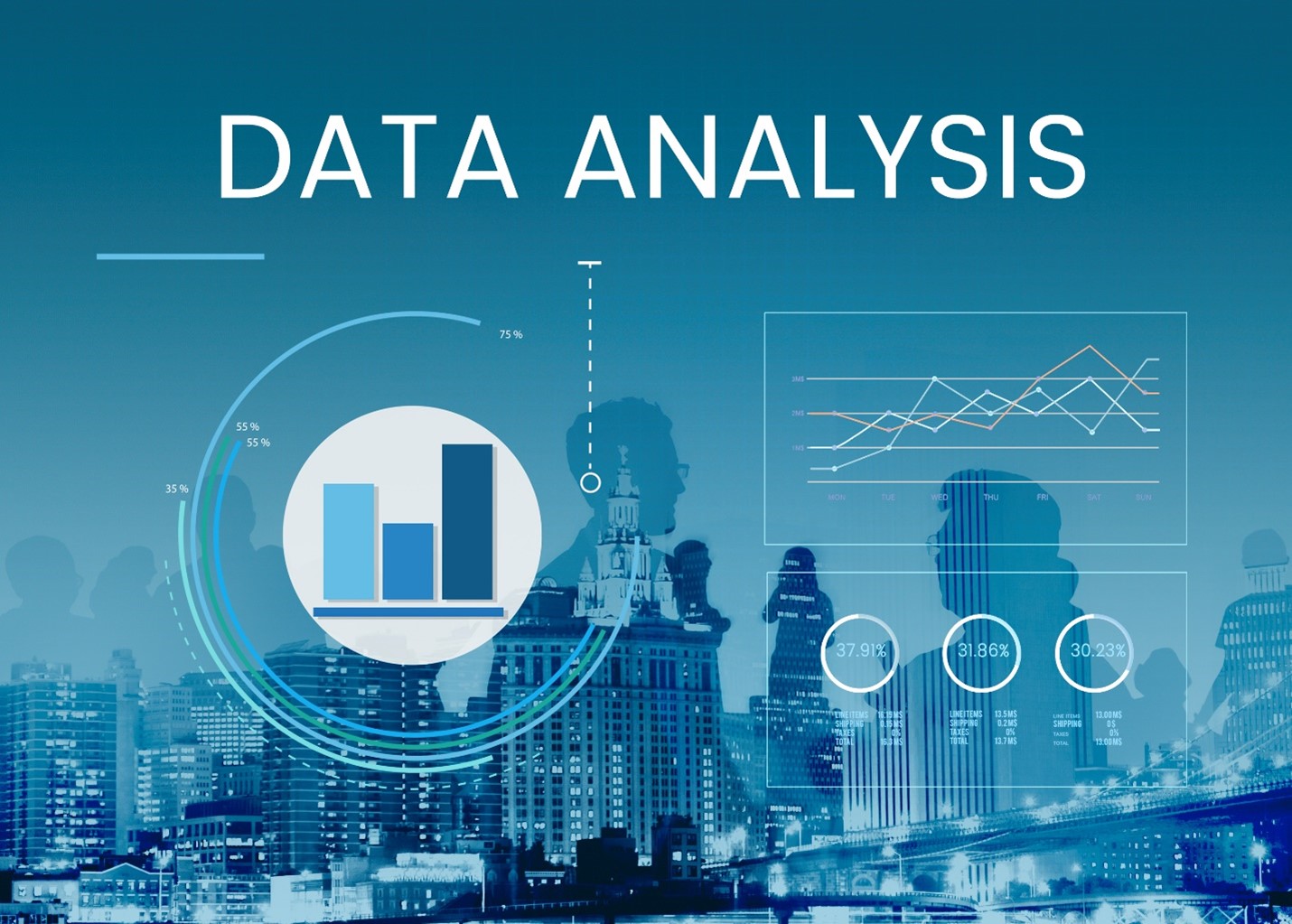Debunking the Myth: Data Science and Data Analytics Are Not the Same

In today's data-driven world, the terms "data science" and "data analytics" are often used interchangeably. While they share some similarities, they are distinct fields with different focuses, methodologies, and objectives. It's time to debunk the myth that data science and data analytics are the same.
Defining Data Science and Data Analytics
Before diving into the differences between data science and data analytics, let's establish clear definitions for each:
Data Science: Data science is a multidisciplinary field that encompasses various techniques and processes to extract valuable insights and knowledge from large and complex datasets. It combines elements of statistics, machine learning, computer science, and domain expertise to solve complex problems, make predictions, and uncover hidden patterns.
Data Analytics: Data analytics, on the other hand, is a subset of data science that primarily focuses on examining historical data to identify trends, gain insights, and support decision-making. Data analysts use tools like SQL, Excel, and data visualization to explore data and provide actionable recommendations.
Key Differences:
- Scope and Purpose:
- Data Science: Data science has a broader scope and is oriented towards solving complex, open-ended questions. It often involves the development of predictive models, machine learning algorithms, and data-driven solutions.
- Data Analytics: Data analytics has a narrower focus on examining past data to answer specific questions or address predefined objectives. It emphasizes reporting, visualization, and data interpretation.
- Data Science: Data scientists work with raw, unstructured data. They are responsible for data preprocessing, cleaning, and transformation to make it suitable for analysis. They may also deal with big data technologies and distributed computing.
- Data Analytics: Data analysts typically work with structured and well-organized data. Their primary task is to perform descriptive analysis, aggregations, and filtering to extract meaningful insights.
- Data Science: Data scientists utilize a wide range of statistical and machine learning techniques. They build predictive models, perform clustering, classification and regression, and often deploy these models into production systems.
- Data Analytics: Data analysts use basic statistical methods, data visualization tools, and business intelligence software to explore data and create reports. Their work is essential for guiding short-term decision-making.

- Time Horizon:
- Data Science: Data science projects often have a longer time horizon. They may involve research and development of new algorithms, which could take months or even years to complete.
- Data Analytics: Data analytics projects are usually focused on short-term goals and immediate business needs. Analysts provide insights and recommendations for current operations.
- Data Science: Data scientists require a diverse skill set that includes programming (Python, R), machine learning expertise, data engineering, and domain knowledge. They are often involved in creating custom solutions.
- Data Analytics: Data analysts typically have strong data manipulation skills, proficiency in data visualization tools (Tableau, Power BI), and a good understanding of business processes in their domain.
Real-World Examples:
To further illustrate the differences, consider the following real-world scenarios:
- E-commerce Recommendation System (Data Science): A data scientist at an e-commerce company might develop
a recommendation system that uses machine learning algorithms to suggest
products to users based on their browsing and purchase history. This
involves complex data modeling and algorithm development.

- Sales Performance Analysis (Data Analytics): A data analyst in the same e-commerce company might analyze sales data from the past quarter to identify which products are performing well, which regions have higher sales, and recommend adjustments to the marketing strategy. This involves using historical data and visualization tools.
Conclusion:
In conclusion, data science and data analytics are not the same; they are complementary fields that serve distinct purposes within the realm of data. Data science encompasses a broader range of activities, from data preprocessing to predictive modeling, and often involves more extensive programming and machine learning. On the other hand, data analytics is focused on exploring historical data to provide actionable insights for immediate decision-making.
Understanding the differences between these two fields is crucial for organizations looking to harness the power of data effectively. Depending on their specific needs and objectives, businesses can leverage both data scientists and data analysts to gain a competitive edge in today's data-driven landscape. So, while data science and data analytics share common ground, they are undeniably distinct and should not be used interchangeably.










